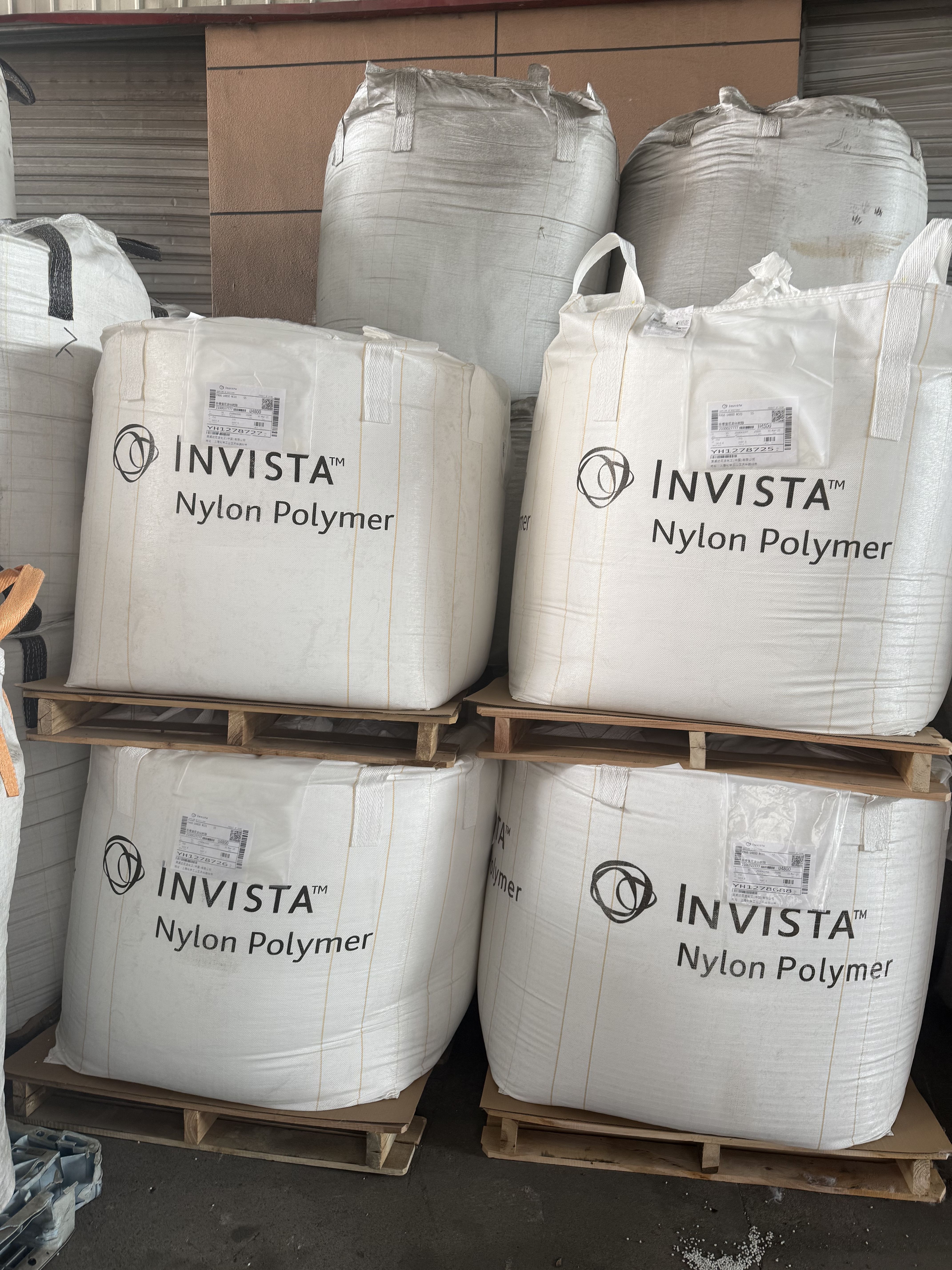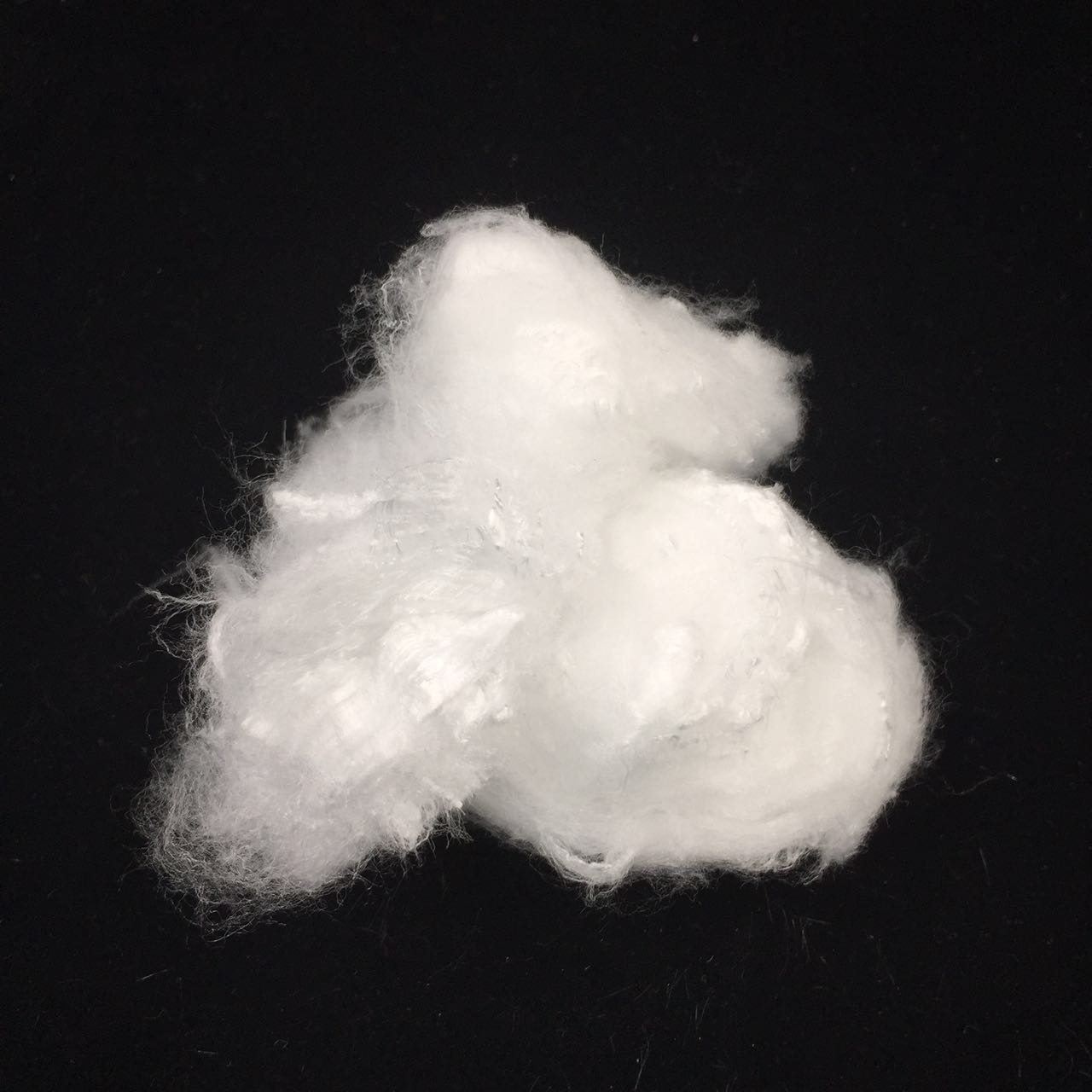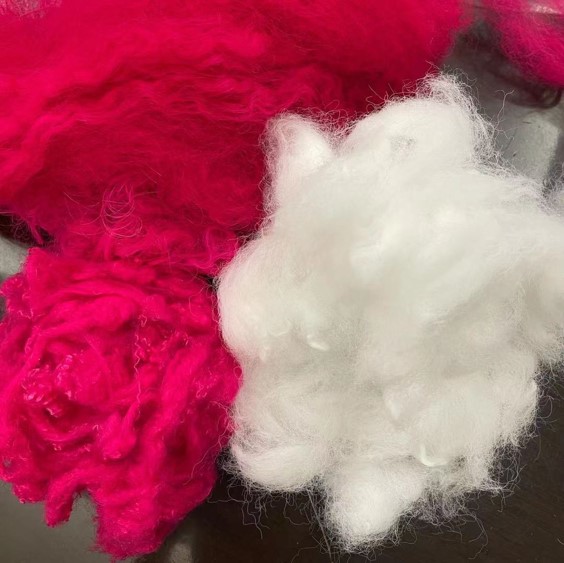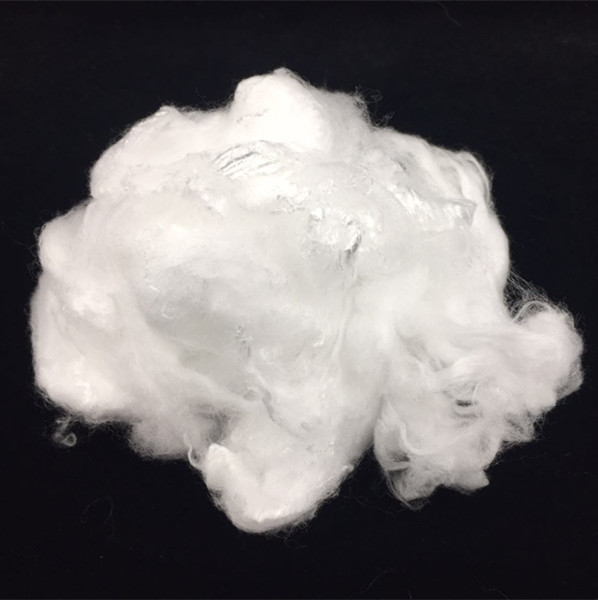The World of Fibers: An Introduction
When it comes to textiles, the choices are vast, ranging from time-honored natural materials to innovative synthetics. Among these, **nylon fiber** stands out as a pioneering synthetic material, renowned for its strength and versatility. On the natural side, luxurious options like alpaca fiber offer unique qualities that have been cherished for centuries. Understanding the differences between these materials, such as nylon and alpaca, can help you make informed decisions for your clothing, home furnishings, and various other applications. This article delves into a comparison, highlighting the characteristics of each to guide your selection.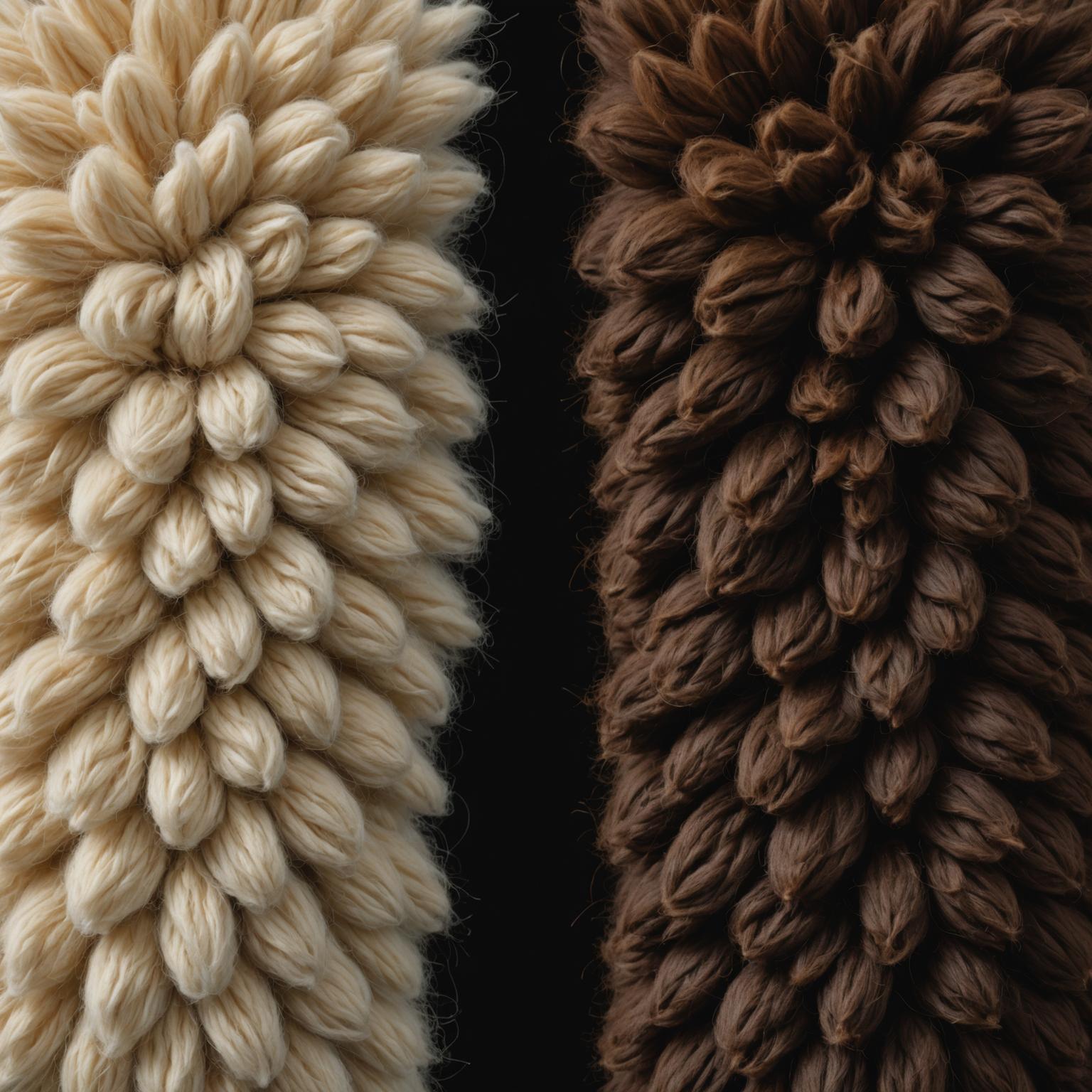
Unveiling Alpaca Fiber: Nature's Luxury
**Alpaca fiber** is a natural hair fiber harvested from alpacas, gentle animals native to the Andes Mountains of South America. Revered for its softness, luster, and warmth, it has long been considered a luxury material, once reserved for Incan royalty. Unlike sheep's wool, alpaca fiber is smoother due to its finer scales, resulting in a less prickly feel against the skin. It offers an exceptional balance of lightweight comfort and impressive thermal insulation, making it ideal for a wide range of garments, from delicate shawls to cozy sweaters and durable outerwear.
Exploring the Types of Alpaca Fiber
When discussing the **types of alpaca fiber**, two primary breeds of alpaca contribute distinct fiber characteristics: Huacaya and Suri. Huacaya alpacas, which are more common, produce a dense, crimpy, and somewhat fluffy fleece, similar in appearance to sheep's wool but significantly softer. This crimp gives Huacaya fiber excellent elasticity and loft. Suri alpacas, on the other hand, grow fiber that hangs in long, silky, lustrous locks, resembling ringlets. Suri fiber is prized for its incredible sheen, smooth drape, and is often compared to cashmere or silk. Both types offer unique aesthetic and tactile qualities, catering to different textile applications and preferences.
Key Alpaca Fiber Properties
Understanding **alpaca fiber properties** reveals why this natural material is so highly valued. One of its most notable features is its exceptional softness, often measured in microns; finer alpaca fibers are incredibly gentle to the touch. Alpaca fibers have a hollow or medullated core, which contributes to their remarkable insulating capabilities, providing warmth without excessive weight. This structure also allows the fiber to breathe well, wicking moisture away from the body to keep you dry and comfortable. Furthermore, alpaca fiber is naturally water-resistant and flame-resistant, adding to its practical advantages. It also boasts surprising strength and durability for a luxury fiber.
The Remarkable Alpaca Fiber Benefits
Beyond its intrinsic properties, the **alpaca fiber benefits** are numerous for the end-user. A significant advantage is its hypoallergenic nature. Alpaca fiber contains very little lanolin, the oil found in sheep's wool that often causes allergic reactions, making it a wonderful choice for those with sensitive skin. Its lightweight warmth is another key benefit, offering comfort in cold weather without the bulk of many other insulating materials. Garments made from alpaca fiber are also known for their longevity, resisting pilling and maintaining their appearance over time. Environmentally, alpaca farming is generally considered to have a lower impact than some other fiber production, as alpacas are gentle on pastureland.
Understanding Nylon Fiber: The Synthetic Workhorse
Nylon fiber, first introduced in the 1930s, revolutionized the textile industry as the first commercially successful synthetic thermoplastic polymer. Known for its exceptional strength, elasticity, and abrasion resistance, nylon quickly found its way into a multitude of applications, from stockings and parachutes to carpets and industrial components. It is lightweight, dries quickly, and can be engineered to have various lusters and textures. Nylon is also resistant to mildew, insects, and many chemicals, making it a durable and low-maintenance option for diverse needs. However, being a petroleum-based product, its production and end-of-life disposal raise environmental concerns.
Nylon vs Alpaca: A Comprehensive Comparison
The discussion of **nylon vs alpaca** highlights a classic natural versus synthetic showdown. Alpaca, as a natural fiber, offers superior breathability and hypoallergenic properties unmatched by standard nylon. While nylon boasts incredible tensile strength and durability, high-quality alpaca fiber is also quite strong and resilient. For warmth, alpaca's hollow core provides better insulation than solid nylon filaments. Nylon dries faster, but alpaca wicks moisture effectively. In terms of comfort, alpaca is generally much softer and more luxurious against the skin. Sustainably, alpaca is a renewable resource, whereas nylon production relies on fossil fuels and contributes to microplastic pollution. Price-wise, alpaca is typically more expensive due to its premium nature and more involved processing, while nylon is often a more budget-friendly choice.
Choosing Between Nylon and Alpaca Fiber
Selecting between **nylon fiber** and alpaca fiber ultimately depends on the intended use and desired qualities. For high-performance activewear, outdoor gear requiring extreme durability and quick-drying capabilities, or budget-conscious items, nylon is often a pragmatic choice. Its strength and resistance to wear and tear are highly beneficial in these contexts. Conversely, if you are seeking luxurious comfort, exceptional warmth, hypoallergenic properties, and a more sustainable option for clothing like sweaters, scarves, socks, or high-end blankets, **alpaca fiber** is undoubtedly superior. The choice also involves considering the look and feel; alpaca offers a natural elegance and softness that synthetic materials aim to emulate. Blends are also common, sometimes combining the strength of nylon with the softness and warmth of natural fibers like alpaca to achieve a balance of performance and comfort.



